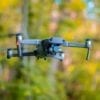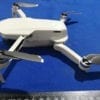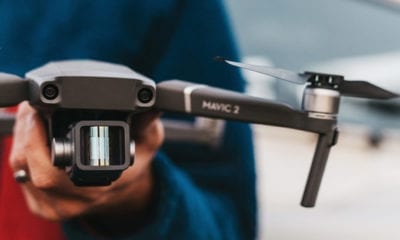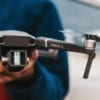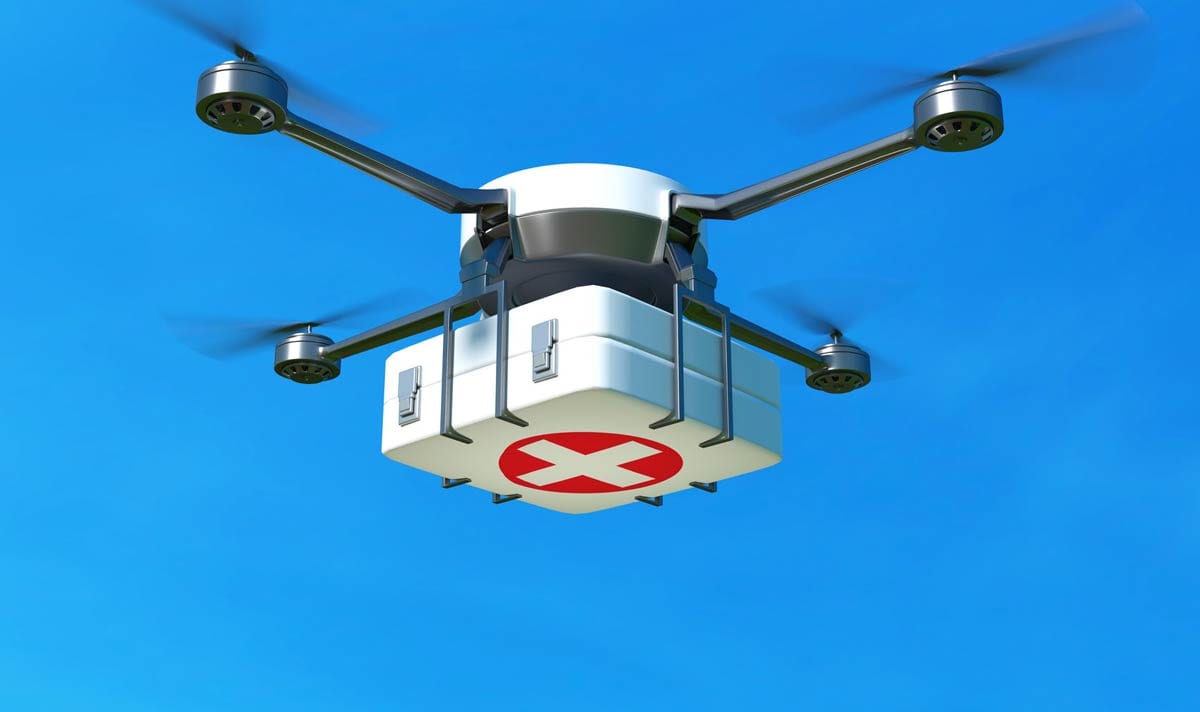
DJI
Kidney Flown Thousands of Meters by Drone Successfully
In the critical organ transplant operation, once a donor is matched, the most vital and crucial factor is the organ reaching the recipient in time, every second matters. To maximize the chances of success, organs must be shipped from A to B as quickly and as safely as possible—and a recent test run suggests that drones are up to the task.
Dr. Joseph Scalea of the University of Maryland Medical Centre organized a group of researchers, including associates at the University Of Maryland’s Department Of Aerospace Engineering, to explore whether organ delivery by drone was feasible. “I frequently encounter situations where there’s simply no way to get an organ to me fast enough to do a transplant. And that’s frustrating, so I wanted to develop a better system for doing that,” Scalea says.
Last March, they received news of the availability of a kidney—for research purposes. Over the course of roughly 24 hours, the kidney was shipped more than 1,600 kilometres to Baltimore and the drone was set up for its first delivery mission. The results were published in the IEEE Journal of Translational Engineering in Health and Medicine on 6 November.
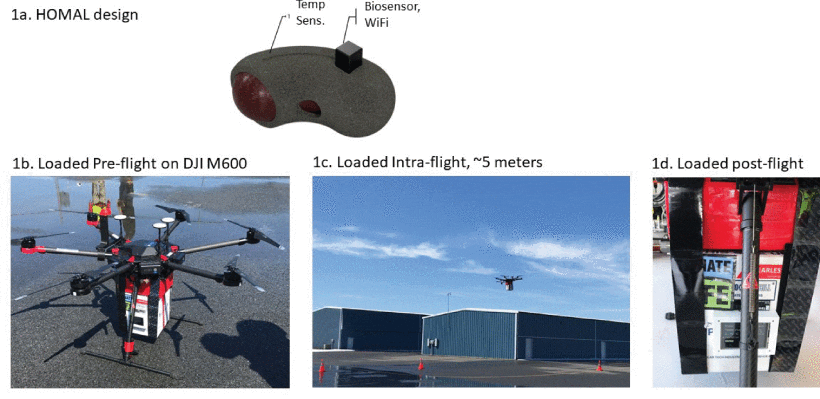
Human Organ Quality Apparatus for Long-Distance Travel (HOMAL). Fig 1a. HOMAL design, Fig 1b–d. HOMAL loaded on drone.
The team selected a DJI M600 Pro for the experiment because its six motors lie directly below their respective rotors. That would keep the rotors far away from where a smart cooler containing an organ would dangle, and that separation would spare the organ from heat emitted by the motors. This particular drone can manage a payload of approximately 9.1 kg (20lbs). The drone is considered flight worthy in wind speeds of up to 32.2 km/h (20 m/h). A GoPro camera was mounted inferiorly for video data collection. The chaser drone was a DJI Inspire 1.
Next, the team designed a specialized wireless biosensor, called the Human Organ Monitoring and Quality Assurance Apparatus for Long-Distance Travel (Homal), to measure temperature, barometric pressure, altitude, vibration, and GPS location of the organ while it’s en route. With the drone and wireless biosensor ready, the researchers needed an organ to complete the experiment.
It took less than 10 seconds to successfully place the organ in the HOMAL and the artery, vein and ureter were unaffected by the HOMAL. The kidney-HOMAL unit was then packaged in the Smart Cooler for transportation. The temperature dropped to 3.9 degrees Celsius prior to active flight. Over approximately 1 hour, the HOMAL showed a stable temperature of 2.5 degrees Celsius.
Vibration and pressure changes can injure fragile human tissues. Biopsies were taken prior to and immediately after drone flights. Drone flight did not affect biopsy results.
The vital factor here is the cold ischemia time (CIT) involved. CIT is the amount of time which accumulates between organ recovery and organ transplantation. In general, surgeons attempt to transplant, for example, deceased donor kidneys with less than 24 hours of CIT and livers in less than about 8 hours. Because higher quality organs result in more life-years for the recipient, lower CITs resulting from UAS transport could add life-years to transplant recipients. Inner city drone organ transportation may be a good first-step for implementing UAS technologies.
Notably, a drone operated in the United States must currently remain within a pilot’s line of sight throughout the entire flight. And U.S. Federal Aviation Administration regulations state that a drone may not fly higher than 122 meters (400 feet) above structures within the area in which it is flying. These limitations will affect not only vital organs, but a swath of other medical supplies for which drones are being explored as a delivery method.
Although the group’s recent experiment did not involve the kidney being transplanted into a living person that is the obvious next step. Scalea suspects that such an experiment will happen in the very near future, perhaps early in 2019. “Stay tuned,” he says.
UAS applications to transportation issues have been proposed in literature but at the moment the lack of a clear and shared regulation is a drawback and obstacle to the implementation. Success with transplantation could open up the possibility of additional, future UAS applications. Beyond solid organs, drone transportation of blood products has been suggested as well. UAS organ transportation is a potentially appealing opportunity in the field of medicine.
Citation: J. R. Scalea, S. Restaino, M. Scassero, G. Blankenship, S. T. Bartlett and N. Wereley, “An Initial Investigation of Unmanned Aircraft Systems (UAS) and Real-Time Organ Status Measurement for Transporting Human Organs,” in IEEE Journal of Translational Engineering in Health and Medicine, vol. 6, pp. 1-7, 2018, Art no. 4000107.
doi: 10.1109/JTEHM.2018.2875704
URL: http://ieeexplore.ieee.org/stamp/stamp.jsp?tp=&arnumber=8525303&isnumber=8253365










